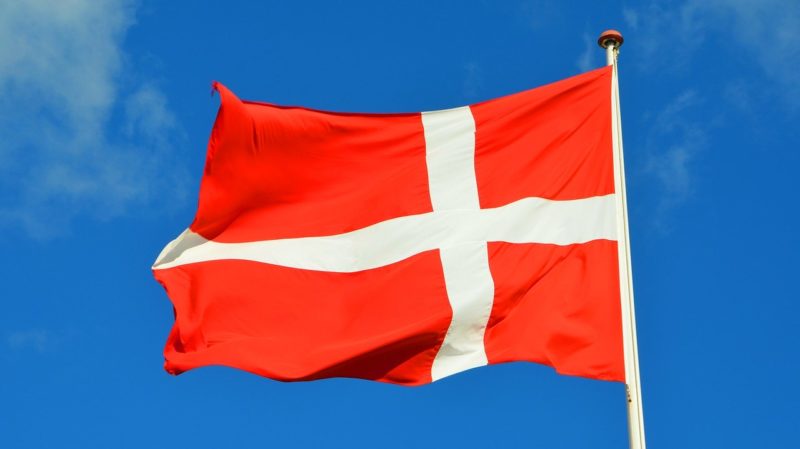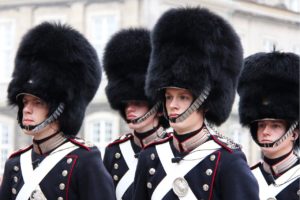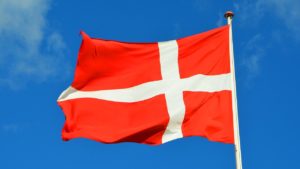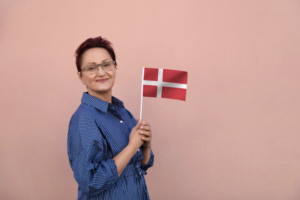Danish Is an Exciting Language
Denmark isn’t just known for how awesome its people are. They also have an awesome language. Danish has a rich history, and some facts about it may surprise you. Discover everything about the Danish language, including its current use, logic, history, grammar, and pronunciation.
How Many People Speak Danish?
Danish is a language spoken by 6 million people. Although this doesn’t seem like a large number at first, it doesn’t describe how rich and turbulent Danish history was. Plus, think of the 6 million potential new friends you can gain if you speak Danish.
Where Is Danish Spoken?
Danish is the official language of three countries: Denmark, Greenland, and the Faroe Islands. So, the Danish language truly isn’t limited to the Danish people. Although, yes, it’s most commonly used in Denmark.
There are also sizable Danish-speaking communities in neighboring countries, such as Sweden, Norway, and Germany. The North German region of Schleswig-Holstein holds Danish as an official language. No wonder, that’s where the Danish-German border lies.
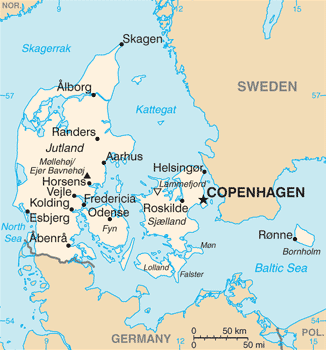
What Language Family is Danish In?
Danish is part of the North Germanic branch of the Germanic language family. It’s most closely related to Norwegian and Swedish, and it’s also mutually intelligible with them. Plus, Danish is also related to other Nordic languages like Icelandic and Faroese.
People often say that the languages of Scandinavia aren’t separate at all. They’re kind of like dialects of one language. Since they’re mutually intelligible and share a history, there’s definitely some truth to it. But, we still think of Danish, Swedish, and Norwegian as different languages.
It’s worth mentioning that Danish is also close to other Germanic languages, such as German, English, and Dutch.
History of the Danish Languages
The Danish language originates from the same roots as all Nordic languages: Old Norse. You may have heard of this as the language of the Vikings. Nordic people who built impressive ships, kept Europe in fear, and passed down amazing Norse mythologies through the ages.
By the 8th century, Old Norse was a separate language from the Proto-Norse it evolved from. In the next several centuries, Old Norse diverged into East and West Norse. Danish comes from the Eastern branch. In this period, Old Norse was still written in runes.
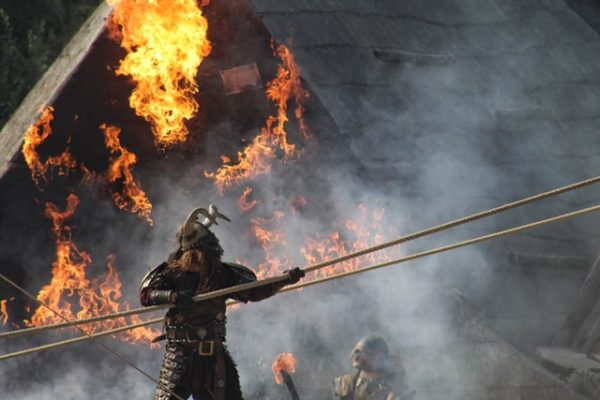
Old Danish
By medieval times, Danish separated from Swedish. Just like other kingdoms in Europe at that time, Denmark became a Christian state. With that, they adopted Latin as the language of religion and administration. So, Latin became the written language of Danish. But, the everyday people spoke Danish, so a vernacular writing system was formed with Latin letters for those who couldn’t speak Latin.
The first clearly Danish written evidence of the language came from this period in 1495. This was a rhyming history book called Rimkrøniken (Rhyming Chronicles). And the end of this period was marked by the publishing of the first Bible translated into Danish in 1550.
Modern Danish
The greatest spread of Danish happened when the Danish-Norwegian Union was formed in 1523. This Monarchy spread through the majority of Scandinavia. And the official language as well as the language of cities and the elite was Danish. Danish influenced Norwegian and was a major reason why the Norwegian language is so similar to it to this day.
The influences on the Danish language at that time were mostly from Low German thanks to the geographical proximity of Germany and Denmark.
The translation of the Bible in the 16th century meant that the language of religion became Danish in Denmark. So, the language of literature in Danish became to spread. Soon, writing in Danish was the norm and Latin was slowly left behind.
Standardizing the Danish Language
As the literature of the country grew popular with Hans Christian Andersen’s fairy tales (you might have heard of The Little Mermaid), the language yearned to be standardized. Through the 18th and 19th centuries, grammar and spelling rules were declared that made the language more distinct.
The last major language reform of Danish happened in the 20th century. After WWII the German occupation of Denmark ended. People wanted to get rid of features in their language that was inspired by German. The biggest of this was the capitalization of nouns. Every since the Second World War, Danish doesn’t capitalize its nouns. They also introduced the letter Å/å to the alphabet.

Danish Alphabet and Writing System
As mentioned before, the Danish language uses Latin letters, just like English. So, most of the letters of the Danish alphabet will be familiar to you. But, there are a couple of new ones. There are 29 letters in the Danish alphabet, which is completely identical to the Norwegian one.
A a |
Å å |
Æ æ |
B b |
C c |
D d |
E e |
F f |
G g |
H h |
I i |
J j |
K k |
L l |
M m |
N n |
O o |
Ø ø |
P p |
Q q |
R r |
S s |
T t |
U u |
V v |
W w |
X x |
Y y |
Z z |
As you can see, Å, Æ, and Ø are new letters to the Latin alphabet. But, using them is quite simple in the Danish language. These letters signal pronunciation differences from the original vowels. So, this is how you need to say them when you’re speaking Danish:
- Æ = eh, like yeah
- Ø = ö like in the German shöhn
- Å = oh like in go
It’s also worth mentioning that the letters C, Q, W, X, and Z aren’t used in Danish. But, you can see them in some foreign names and loanwords.
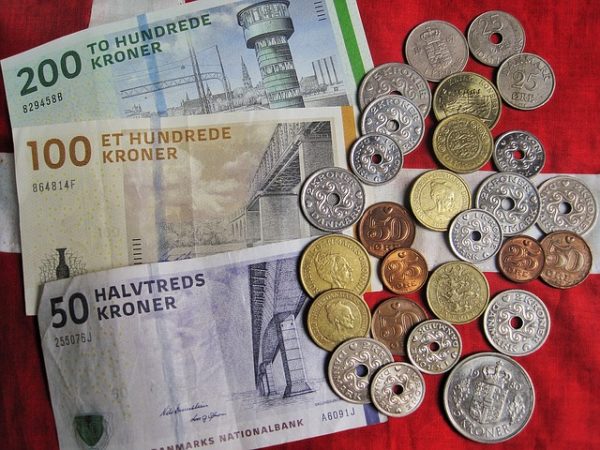
Danish Numbers
Numbers in Danish between 0 and 50 are very straightforward. Actually, they look very similar to English numbers. This is just one instance where you can see the similarities between Danish and English. Here are the Danish numbers between 1 and 10 so you get a glimpse of this.
1 |
2 |
3 |
4 |
5 |
6 |
7 |
8 |
9 |
10 |
en |
to |
tre |
fire |
fem |
seks |
syv |
otte |
ni |
ti |
Actually, things are pretty normal past 10 too. However, when you count beyond 50 in Danish, things become weird.
In English, the counting system is based on tens. Ten, twenty, thirty, forty, and so on until 100. But, in Danish, the counting system is based on 20s past 50.
So, 50 is halvtreds in Danish. That literally translates to “halfway to the third twenty”. 60 is treds, because it’s the 3rd 20. And with seventy, the trend continues. 70 is halvfjerds in Danish, which means “halfway to the fourth twenty”.
While this is a strange counting system, it’s not as confusing as it seems in practice. You don’t think about “six tens” when you say the word sixty. You just think of the number 60. The same thing happens in Danish. People in Denmark don’t think “halfway to the fourth twenty” when they say halvfjerds. They just think 70. Here are the rest of the tens in Danish up until 100.
Numeral |
Danish |
30 |
tredive |
40 |
fyrre |
50 |
halvtreds [(3-½) x 20] |
60 |
treds [3 x 20] |
70 |
halvfjerds [(4-½) x 20] |
80 |
firs [4 x 20] |
90 |
halvfems [(5-½) x 20] |
100 |
et hundrede |
If you’re still confused by why this happens but you want to find out more about the weirdness of the Danish counting system, check out this video:
Does Danish Have Genders?
Yes, Danish has two genders: the common gender and neuter.
Throughout Danish language history, the logic of genders changed. At first, Danish had three languages: masculine, feminine, and neuter. This was common in Germanic languages, and German still has three genders. But, just like in Swedish, the Danish masculine and feminine genders began to merge. Now, they’re just simply referred to as the common gender.
Gender in Danish effects nouns, and the articles and adjectives attached to them. While there’s not a lot of stress on genders like in French or German, it’s still an important part of the language.
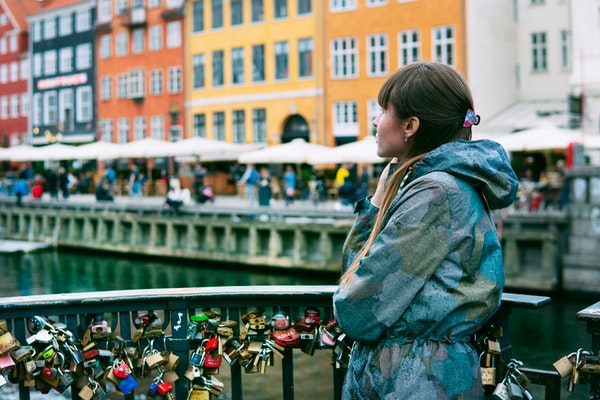
Danish Articles
In English articles are “the” for definite, and “a” and “an” for indefinite. These little words come in front of the noun, and they express the noun’s definiteness. While Danish articles convey the same meaning, the way they behave in Danish grammar is a little different. Let’s take a look at definite and indefinite articles in Danish.
Indefinite Articles in the Danish Language
Just like in English, there are two indefinite articles in Danish. These come in front of the noun as separate words. But, they differ based onthe gender of the noun they represent.
Common Gender |
Neuter |
|
Singular |
en |
ett |
- en kvinde – a woman
- et barn – a child
Definite Articles in the Danish Language
However, definite articles in Danish don’t come in front of the noun. They come after, as suffixes. So, you have to attach it to the noun to show that the noun is definite. You also have to pay attention to the number of the noun this time.
Common Gender |
Neuter |
|
Singular |
-en / -n | -et / -t |
Plural |
-ene / -erne | |
- kvinden – the woman
- barnet – the child
- kvinderne – the women
- børnene – the children
Danish Cases
Unlike German, there are no case declensions in Danish. So, just like in English, you have to analyze a sentence to determine the subject, direct object, and indirect object. But, if you want to show possession, you do have to put an “-s” at the end of the noun. Although, that shouldn’t be too complicated, since English does the same too.
- datters legetøj – daughter’s toy
- datterens legetøj – the daughter’s toy
- Det var min datters legetøj. – That was my daughter’s toy.
As you can see, if there’s a definite article and a possession marker, you need to put the definite article suffix first. You may also have noticed how similar English and Danish are in the example sentences. That’s because both are Germanic languages. If you look at the word order in Danish, native English speakers won’t find a lot of surprises.
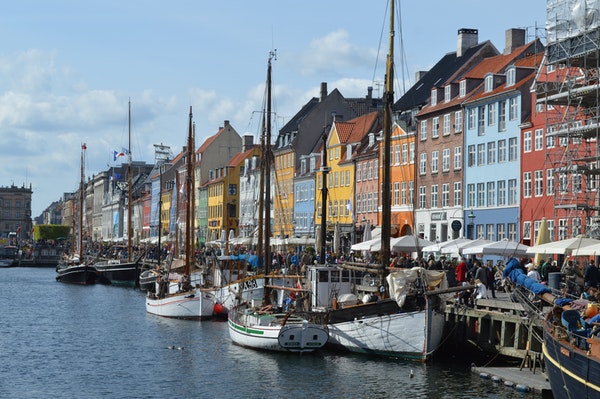
Danish Word Order
Just like English, the basic word order in Danish is SVO (subject-verb-object).
- Maria eats her apple. – Maria spiser sit æble.
So, no surprises here either.
Is Danish Similar to English?
Yes, Danish and English two very similar languages. That’s because the two are in the same language family, they’re both Germanic languages. True, English is West Germanic while the Danish language belongs to the North Germanic branch. But, the two definitely share a lot of vocabulary, grammatical rules, and general logic.
Is Danish Hard to Learn?
No, Danish is definitely not hard to learn. Well, it depends on where you’re from. But, if your native language is Indo-European, then you’ll have an easy time mastering Danish. Since Danish and English are so close together, English native speakers will find Danish especially easy and logical.
According to the US Foreign Service Institute, Danish is a Category 1 language. This means that it’s among the easiest languages to learn. Learning Danish is as easy as learning French or Spanish. They say that an average English native speaker would need 600 hours of study to reach Danish fluency.
But, you can learn it much faster if you have the right language learning tools. No matter how close or far your native language is, Danish can be very easy to learn if you use the best methods.
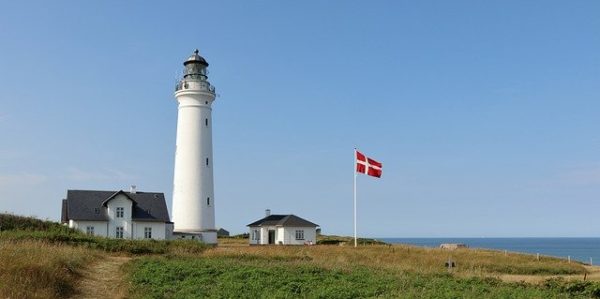
Is It Worth Learning the Danish Language?
Absolutely. Danish is a fascinating language, and discovering Denmark while talking to the locals is a very special experience. You can navigate better when you’re lost, receive better customer service, and even find hidden sights that no normal tourist experiences. So, if you ever travel to Denmark or Greenland, you need to learn at least a few Danish words.
Speaking Danish fluently can definitely improve your life. For one, it looks great on a CV. You can get hired faster, and also receive a better paycheck. That’s because companies value bilingual employees.
Speaking a foreign language also gives you better chances against dementia and Alzheimer’s at old age. So, if not for anything else, learning Danish for your health is a pretty good reason to start studying.
But, if you ever want to live in Denmark, you absolutely need to learn the language. In 2017, Denmark ranked number 1 in quality of life. So, living in Denmark must be very nice. Based on the average income, affording houses and living a healthy lifestyle is easily achievable in Denmark. There are so many more reasons why learning Danish is a great idea, but we’d be here all day listing them.
The Best Way to Learn Danish
Of course, how you study Danish matters. You can try drilling boring grammar rules from outdated textbooks and get nowhere. Or, you can download a fun and convenient language learning app that helps you get comfortable with the language. If the choice is as clear for you as it is for us, try OptiLingo.
OptiLingo is an app that truly teaches you how to speak to locals in Danish. That’s because it gives you the most common Danish words and phrases. Those are the same expressions real Danes use every day. Striking up a conversation will be extremely easy if you use OptiLingo!

